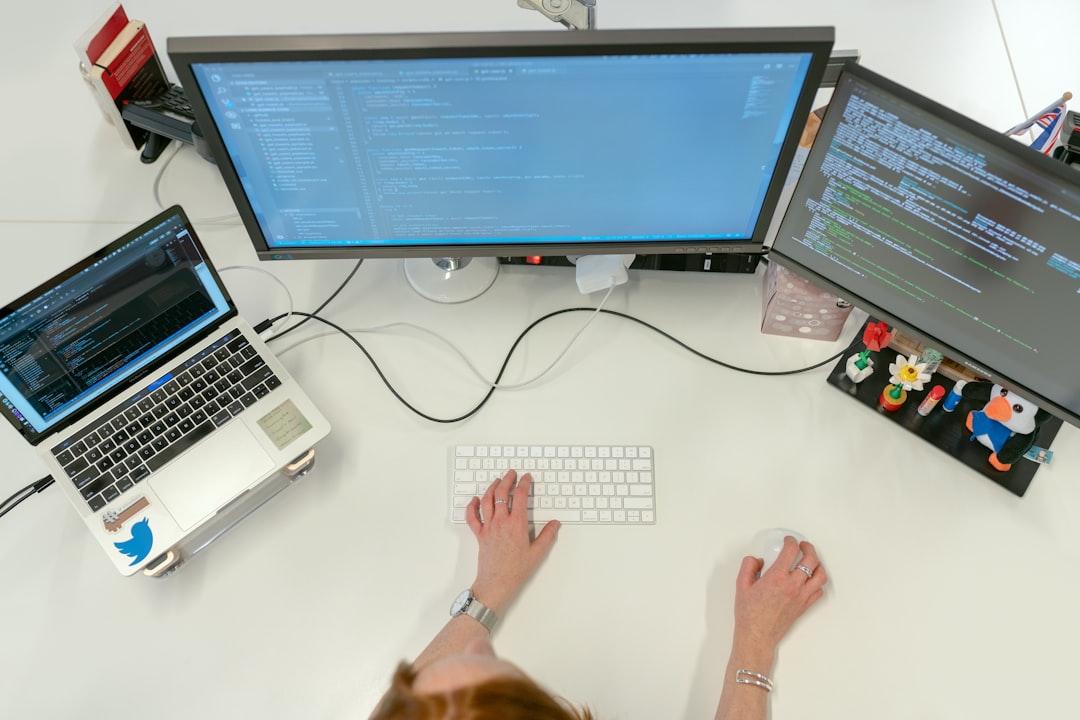Well, we are living in a technology-oriented world, and having an efficient asset management solution is a must for any organization. Both tools will help to keep track of valuable resources, so that you know how to negotiate to ensure that you are getting the most out of your assets. Choosing the right asset tracking software is difficult, but knowing what to keep in mind makes it easier.
Understanding Asset Tracking Software
Implementing asset tracking software allows organizations to keep track of their assets in real-time. Anything including machinery, tools, vehicle parts, and so forth. This means businesses will have an idea of the whereabouts and condition of their assets through GPS and RFID technology. This information enables the reduction of losses, enhancing productivity, and optimizing asset utilization.
Identify Your Business Needs
The first step in choosing software is to evaluate the specific business requirements. The selection process can be guided by understanding the different needs of each industry. A construction company would put importance on tracking heavy machinery, while a retail business would focus on inventory management.
Evaluate Features and Functionality
Determining this will also help you when comparing software features of different applications. Search for software that provides real-time tracking and reporting features, and is user-friendly. Also, explore integration with other systems for a seamless flow of operations. Alerts and notifications on demand can keep you updated, adding to the efficiency levels.
Consider Scalability
And, as organizations grow, their asset tracking requirements could change as well. You can save yourself money and time by choosing software that can into a long-term investment and value as the business scales. It means the software should scale with the increasing number of assets without degrading the performance. Scalability also means extra features or users as you need to stack them.
Assess Cost and Budget
Another big factor in making a decision is budget. Both the starting investment and ongoing costs must be accounted for. Some software has a one-off purchase fee, while others are on a subscription basis. Examine Pricing Structure to Make Sure it Fits into Financial Plans. Tip: The lowest price is not necessarily the best deal.
Prioritize Security and Data Protection
Asset tracking is a concern that is also related to security. Make sure that the software has strong security features for the protection of secret information. This involves building encryption, secure login protocols, and consistent patches to protect against possible threats. Matching industry standards and regulations is equally important.
Consider User Experience and Training
A good UX goes beyond just improving aesthetics because you make it look nice, you also make it more intuitive, and you minimize the learning curve. During the software evaluation process, take a look at how easily staff will be able to transition to using the new software for their daily activities. You should also see if the provider has training material or support. When employees are trained and know how to use the software properly, they can take advantage of it easily.
Check for Customer Support and Reliability
Having good customer support is a game-changer. Select a provider that is known for having responsive and helpful support. It is especially important at the time of initial setup or when solving issues. These reliable supports will impair your operations on a low scale.
Read Reviews and Gather Feedback
Research to find other user reviews before making a final decision. It can further indicate how the software was able to perform under real-world conditions. You will get a better understanding of how the same challenges were addressed, so seek testimonials from similar industries. Such information can either confirm first impressions or identify potential pitfalls.
Take Advantage of Trials and Demos
Most providers offer a trial or demo version of their software. Utilize these chances to try it and see if it lives up to expectations. In-person experience can cause strengths and weaknesses to reveal themselves that descriptions simply are not capable of capturing.
Look for Future-Proofing and Innovation
Keep in mind the paths towards upgrading and improving the software in the future. An established provider that focuses on innovation can bring new features or enhancements in the future, too. This helps the software stay relevant and meet changing needs.
Conclusion
Considerations for choosing the right asset tracking software. Organizations can evaluate features accordingly and make decisions based on their particular business needs and future growth trends. Emphasis on the security, user experience, and customer support streamlines the implementation. The right software assists businesses in operating with more efficiency, less loss, and improved asset management.
 logo
logo


